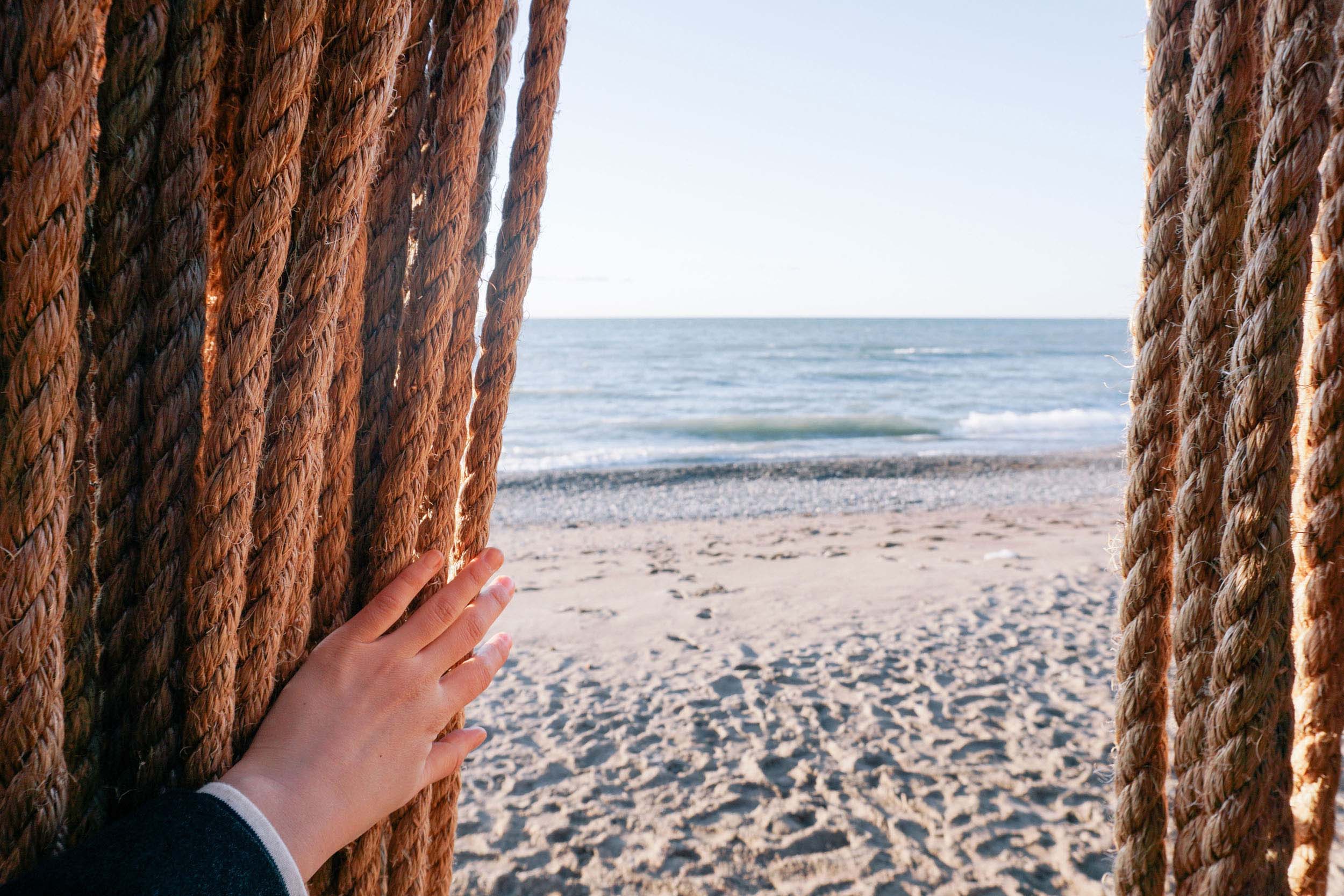How to Handle Change by Balancing Risk and Safety
/It's a fact that nothing ever stays the same, from the fluid circumstances of your lifestyle, right down to the moment-to-moment arising and passing of even the smallest bits of your experience.
As I’ve discussed elsewhere, change presents you with both the opportunity to move into closer contact with unfamiliar parts of your core self, and the challenge of letting go of what’s known.
If you avoid change altogether out of the (perfectly natural) desire to avoid risk, you are divorcing yourself from a natural law and, therefore, from a rich, embodied experience of your life, as uncomfortable as it may feel sometimes.
On the other hand, if you're consumed by the pursuit of the new and fresh, then it’s hard to ever feel grounded and settled enough to operate from the soft, wise, core part of yourself that emerges when you feel safe. So, how can you have it both ways?
The lowly trout can be a good teacher.
For a time I fly-fished, though pretty unsuccessfully. I’d hike deep into the backcountry of the Sierra Nevada with my rod and reel and, when not replacing flies* stolen by fish, or untangling or repairing snarled or broken lines, I would catch four- to six-inch-long brown trout. Luckily for them, they didn’t have enough meat on their bones to fill a cavity, so they’d go right back in the water.
Now, there is a lot more to fly-fishing than learning to cast a long, elegant loop of line over a body of water without hooking yourself in the ear, which itself is difficult.
It is an intellectual pursuit, too. You must know what particular flies—real-life flies—happen to be hatching or flying at the time, and what they look like.
Also, you need to understand the subsurface life of the fish: how they live and where they like to hang out, so you know where to cast your fly. Casting it to a barren patch of water won’t even get you a nibble.
Thriving on transition
It turns out, what you do is look for where a transition of some kind is occurring, because it so happens that trout absolutely love change. Just about any place where a differential exists is a good bet: a calmer pool next to a quickly-moving current; a drop-off from shallow to deep; the shadow line between a shady overhang and the brightly-lit bottom.
You see, those are the spots where they can balance avoiding predators with finding food. Hiding in the safety of dark or deep water, they can spot their food in the bright sun. It knows that it’s better to rest in the dark pool and dart out to grab a fly in the adjacent current when it can, than the reverse. It doesn't want to relentlessly fight the current in search of morsels, or jeopardize itself for no good reason.
It also knows instinctively that facing risk is what keeps it from starving.
Finding your ideal balance
So, this sounds like a good system, right? Embrace uncertainty and changing circumstances, but be smart about how you approach them. Stay alert for passing opportunities for growth and survival while staying rooted in the comfort of a safe place.
How are you doing with that? Are you always exposed and unbalanced in some way, darting frantically after one new thing or experience? Do you stay hunkered down where it’s safe, avoiding even the potential for something to go haywire and, in the bargain, miss what you need to flourish?
Or do you have a secure and stable foundation from which you can venture out to explore? It’s by pushing the envelope a bit at a time that we’re ever able to change or grow, not by seeking only stability or only the next thing coming down the pike.
Both of those instincts are aligned, actually: they reflect the reality that you need to have it both ways in order to thrive. Try heading over to the shadow lines in your life—from whichever side you’re on—and see if you’re missing out on something.
___________________________________________________
* For the uninitiated, fly-fishing flies are not insects. They are made of string, feathers, and other materials tied around a hook to resemble some species of insect in some stage of development.

















